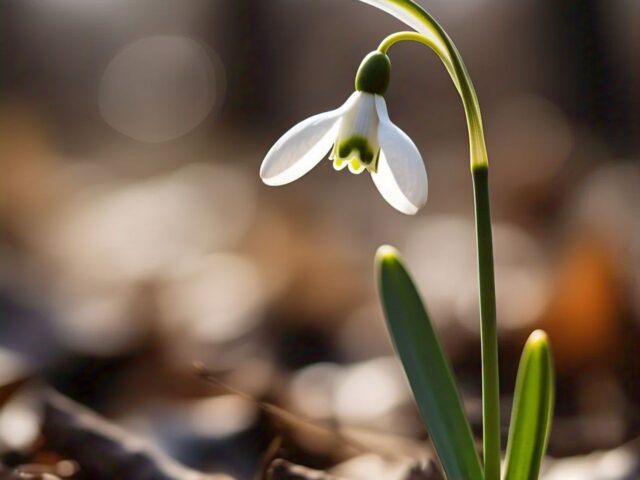In ancient Russian culture, the snowdrop flower was revered as a powerful symbol of strong motivation, goal-setting, and female initiation. This delicate, white bloom was often depicted in traditional Russian art, including lacquer miniatures, lubok prints, and 18th-century shawls. The Snowdrop’s Symbolism The snowdrop represented hope, renewal, and consolation, reminding women of the importance of self-discovery and determination. In Russian folklore, the snowdrop was often associated with the goddess Lelia, who embodied female power and fertility. Female Initiation and Empowerment In traditional Russian culture, the snowdrop was linked to the rite of passage for young women, …
 Blog
BlogThe Snowdrop: A Symbol of Strong Goal-Setting and Female Empowerment
 Blog
BlogThe Symbolism of the Snowdrop: Unveiling its Ancient Slavic Significance
As the winter snow begins to thaw, a delicate, white flower emerges, defying the cold temperatures. The snowdrop (Galanthus nivalis), with its fragile, drooping petals, has captivated the hearts of many cultures, particularly in Slavic traditions. Ancient Names and Symbolism The snowdrop’s Russian name, “podsneznik,” literally translates to “under the snow,” reflecting its unique ability to bloom amidst the winter landscape. In ancient Slavic languages, the flower was known by various names, such as “snigurka,” “skororost,” and “moguryanin,” which means “strong” or “powerful.” In Slavic mythology, the snowdrop is associated with the goddess Lelia, who …